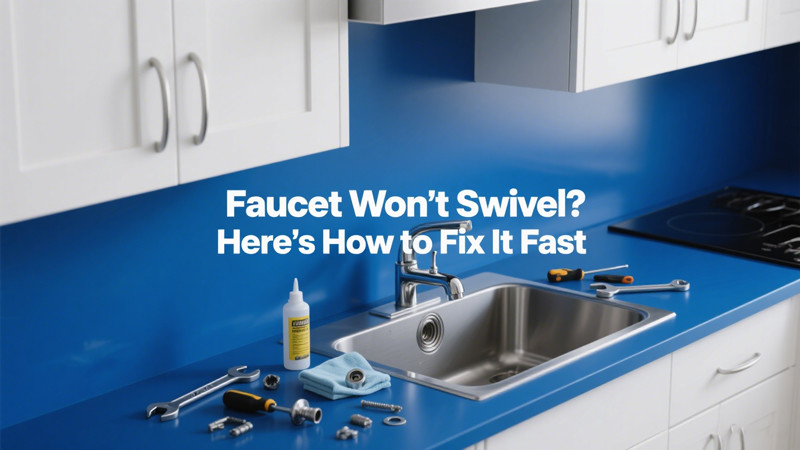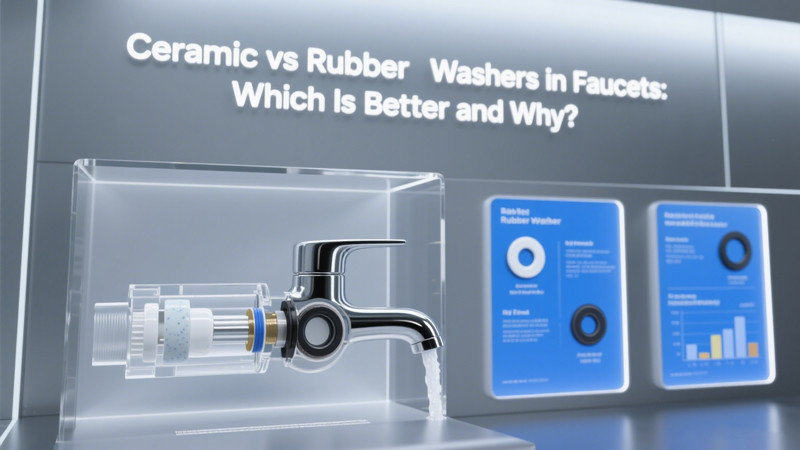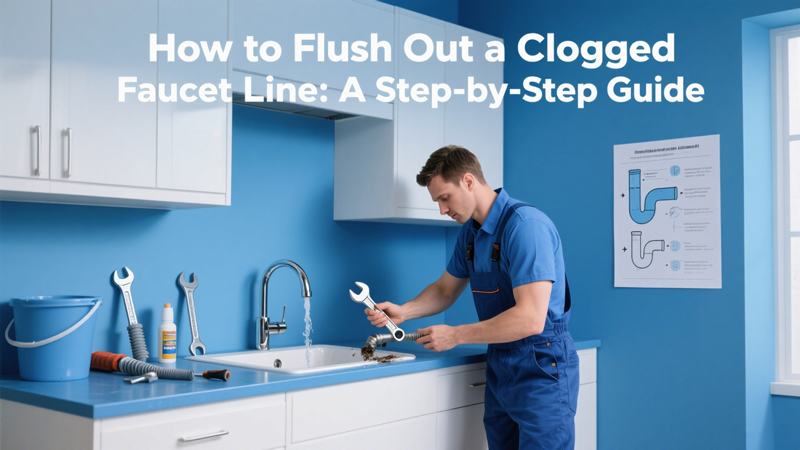Bathroom Odor Is Too Terrible? Watch Me Easily Solve It!
In the sweltering summer, there will definitely be some bad smells inside the home. The place most often visited by strange smell is generally the bathroom inside our homes.
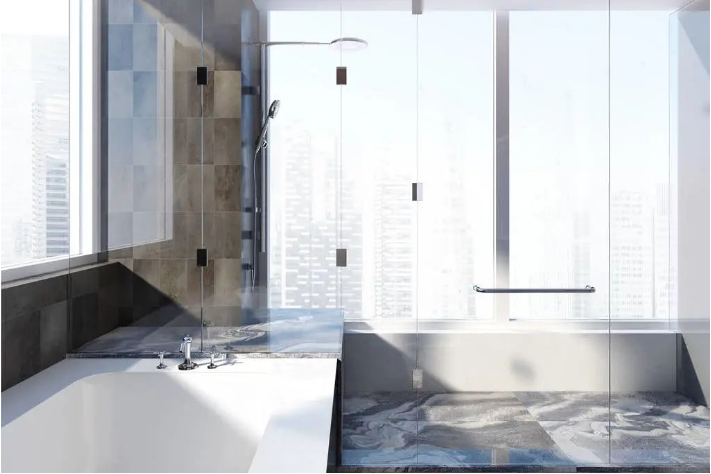
Because of the special role, if the space is small and ventilation is not very good, the bathroom will often appear with some strange and bad smell. I’m sure we’ve all experienced it. What is more frightening is not only the odor, but also the spread of bacteria and viruses!
So how do these bathroom odors come from, and how to get rid of odors? Today I will teach you to start from the source, to solve the odor problem.
First, The Cause Of Odor In The Bathroom
- Floor Drain Blockage Leads To Odor
The floor drain is a drainage system component, and underground drainage pipes are connected to the same. If it is not discharged properly, the quality of the bathroom air will be affected. Therefore, the installation of the floor drain is very important.
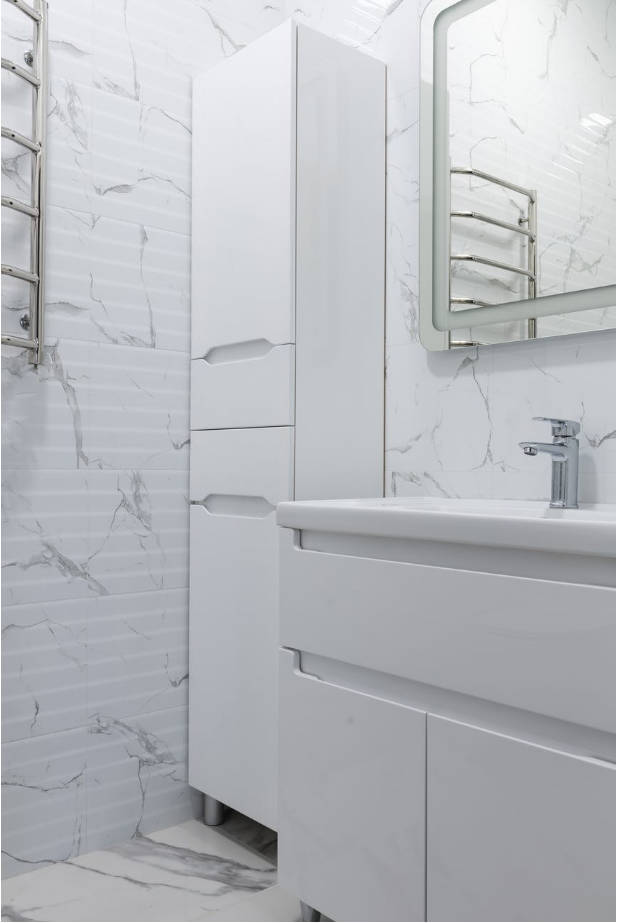
Floor drains are prone to clogging if they are not cleaned for a long time, such as hair, dirt brought in from outside shoes, etc. Their residues exist in the water storage bend. Their residues exist on the wall of the pipe near the water storage bend. After a long time, they will deteriorate and form a stench, which will cause odor return.
- Washbasin Downpipe Odor Return
The short drain pipe of the sink is not sealed at the interface after being inserted into the downspout drain. This will cause the drain to return to the smell. In addition, if the drain under the sink does not have a water storage bend, it is also easy to cause odor.
- Poorly Sealed Toilet
In the installation of the toilet, if the toilet is installed in a misalignment with the drainpipe, or if the sealant of the barrel body and the ground comes off, it will cause the odor of the sewer to be emitted from the gap.
Moreover, the toilet is ensured to be isolated from the sewer air by the S-bend structure and water seal. If the water seal is too shallow, it will also lead to odor dispersion from the sewer.
- Tile Bulge Leads To Water Storage
If workers are not paving the ground tile in place, it will lead to a gap between the tiles and cement. In daily living use, water will flow down the tile seam into the middle of the gap. When the water flows in and can not be discharged, it will produce odor here over time.
- Odor Backflow From The Air Vent
There will be a non-return valve at the place where the exhaust duct and the main duct are connected. Under normal circumstances, when the exhaust fan is opened, the wind will blow the blades of the check valve to open and discharge the indoor air. When the exhaust fan is closed, the blades of the check valve will close to form a sealed state.
However, if no check valve is installed or the check valve fails to close the blades, the air discharged from other homes may float into their homes along the pipes.
Second, The Odor Solution
- Wet And Dry Separation
The bathroom is a relatively closed space. The air here does not circulate and is easy to dirt. The water does not evaporate so quickly. If the bathroom and sink, etc. are grouped in a room, it is best to do a wet and dry partition.
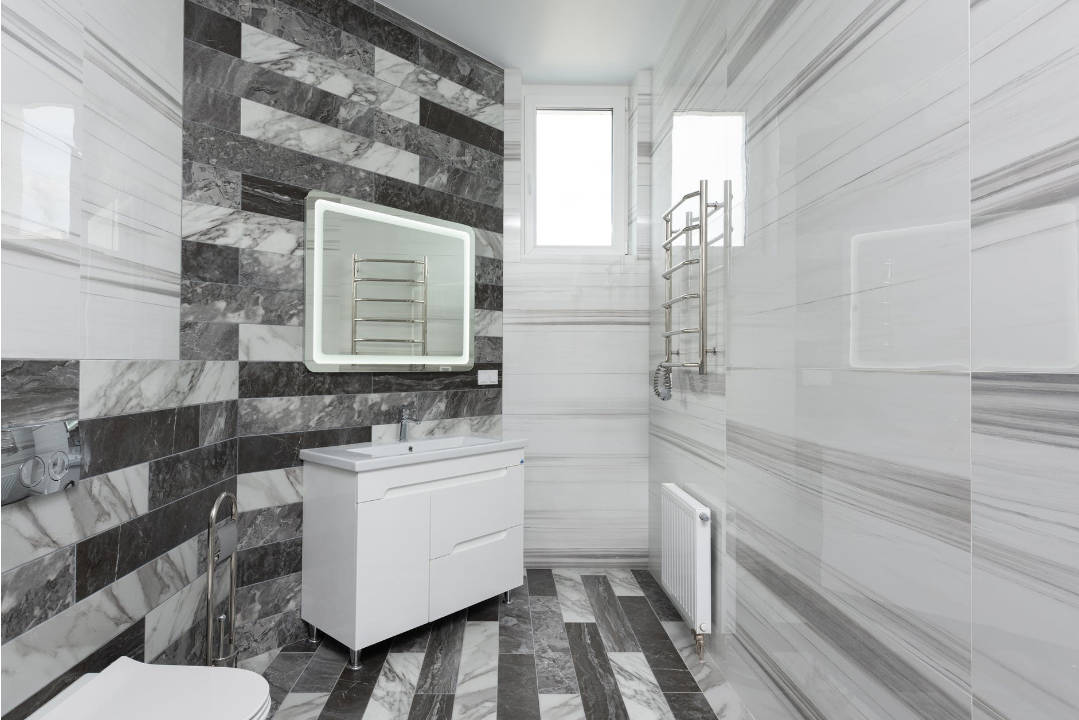
If the area of the bathroom is too small and not convenient to do partitions, try to keep the sink and corner location dry and do regular cleaning and maintenance. Try not to pile up clutter in the bathroom, otherwise, you will have to do the lifting work when cleaning. Cleaning positivity.
- Timely Ventilation
After the bathroom odor, the first thing to do is to open the window to ventilate or open the exhaust fan to make air circulation. This can on the one hand as soon as possible disperse the smell, but also avoid the bathroom in the odor “fumigation” under the breeding of a large number of bacteria.
- Toilet Installation Tight
Install the toilet bottom drain and ground drain tightly, leaving no gap. Then put a full circle of glass glue on the ground around the toilet to prevent the sewage from leaking, and also to prevent the odor gas from coming out.
The toilet downpipe should have an S-bend design and a tight water seal. It is best to choose a siphon toilet, not easy to produce odor.
- Floor Drainage Smoothly
The floor of the bathroom should be designed with a good slope of flowing water so that every time the drainage will be smooth. The floor is well slope drainage, to avoid water accumulation. The bathroom must be designed with two-floor drains.
If the floor drain is not sealed tightly, or the water is not smooth, it is best to replace it with a good quality stainless steel floor drain.
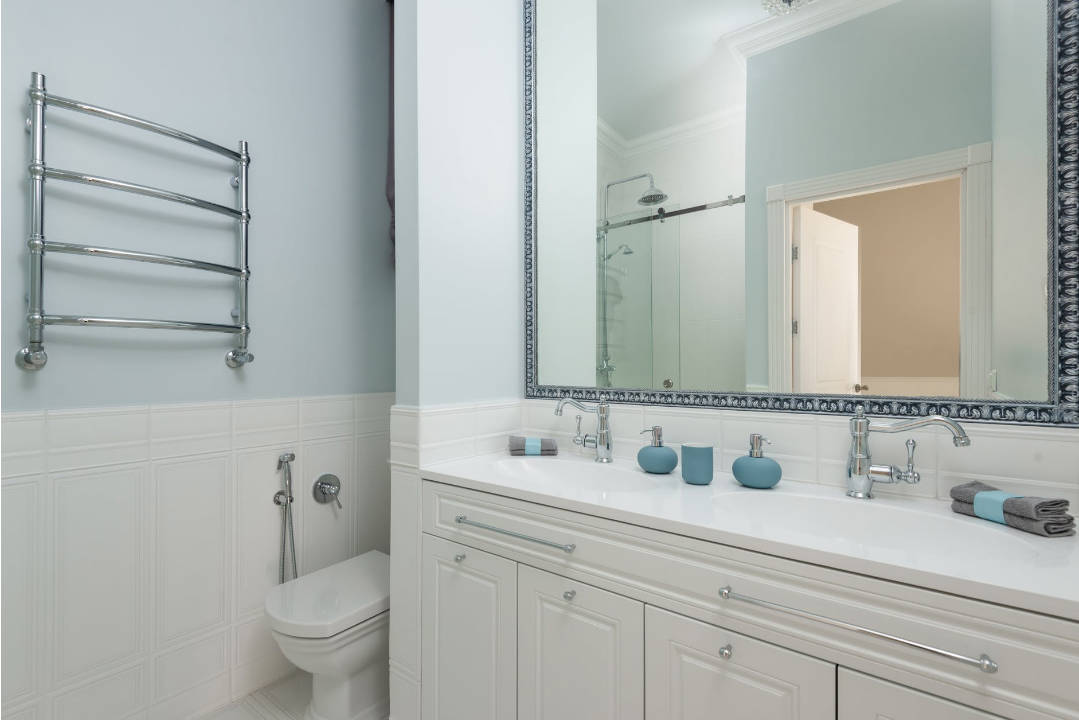
You also have to often clean up the hair and other residues when washing and do not let it stay on the wall of the pipe near the water storage bend.
- Exhaust Fan Timely Replacement
Even if you do a good job of anti-odor measures at the time of renovation, it is inevitable that there will be odors in life. As long as the ventilation fan is replaced in a timely manner, the ventilation window is properly opened, and the smell will be dissipated as soon as possible.
- To Give A Good Water Seal For The Sewer Pipe
Same as the floor drain, you should make a water seal for the water storage bend at the time of construction. The water seal should not be lower than 50mm, so as to prevent insects and odors from entering the room.
- Deodorants
Natural bamboo charcoal, lemon, etc. can help deodorize. Be careful not to put lemon directly on the surface of the tile or bathroom cabinet, so as not to leave traces difficult to eliminate.
 WOWOW Faucets
WOWOW Faucets
